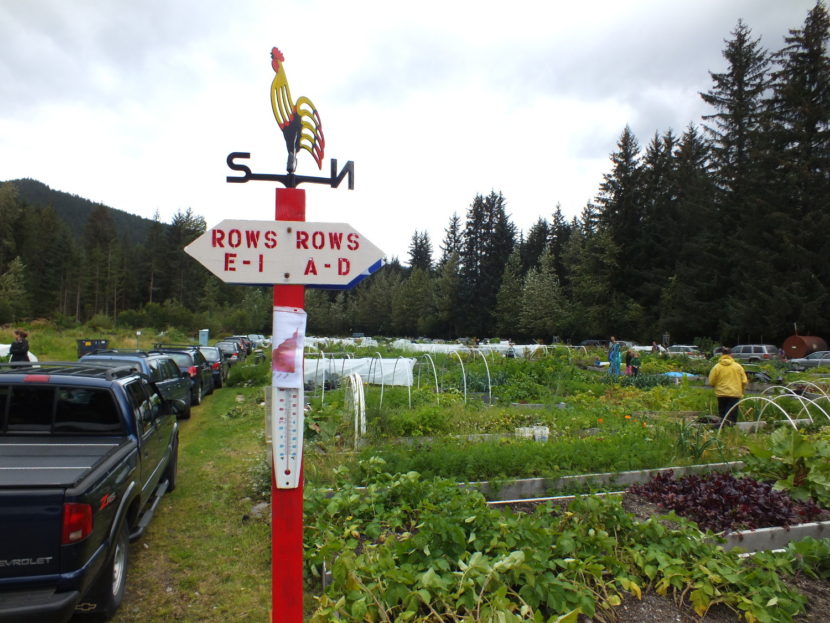
In this week’s edition of Gardentalk, tips for new gardeners hoping to add homegrown, fresh, tasty veggies to their diet while they’re hunkering down.
Listener Jennie writes: “Hi! Could you do a COVID Victory Garden episode for first-time gardeners who want to start a backyard or container food garden?”
Master Gardener Ed Buyarski said victory gardens apparently originated during World War I and were made popular by First Lady Eleanor Roosevelt during World War II with her garden at the White House. They were a way for the general population to grow fresh vegetables to supplement their rations while reducing trips to the grocer, preserving resources and building morale.
“Having that fresh produce a very short distance from the plants (or) the farm to the consumer is what we are aiming for here,” Buyarski said.
He recommends that any new gardeners should start small with something like a 4-feet-by-8-feet raised planting box (see recipe below) or with pots or other planting containers.
“You can grow all the greens you can possible eat,” he said.
Before planting, Buyarski suggests first warming the soil by covering with clear plastic.
Buyarski is currently planting kale, carrots, lettuce, peas and swiss chard from seed.
You can also find starts (young plants recently started from seed) at some retailers that you can plant in your new garden within the next few weeks. He recommends reading the seed packets or plant labels for recommendations on spacing, sunlight, watering and usual time it takes for plants to grow before harvesting.
Root crops like potatoes can provide more of a caloric bang for your buck, but — unlike many leafy greens — they can take a long time to grow before harvest.
Buyarski doesn’t recommend lining the bottom of your planter or pots with gravel or old crockery. Instead of filling planters with different materials, he said having a uniform layer of soil from the top to bottom will help with consistent drainage.
And the final and most important tip from Buyarski: “Plant the stuff you’re going to eat!”
Ed’s Raised Box Recipe
Box
Materials for a 1’ x 4’ x 8’ box — may be scaled up:
- Two 1’ x 4’ x 8’ sides
- Two 1’ x 2’ x 4’ ends
- Four 2” x 4” x 12” ends blocking/reinforcing
- Approx. 32 2.5” screws or 16d common nails
- Flattened cardboard to cover 6’ x 10’ patch of lawn as weed barrier
Build box and place on top of cardboard.
Filling
- 4-6” manure fresh or composted-worm food/nutrients/organic matter
- One or two buckets of fish scraps if you dare
- Two buckets of coffee grounds — scent camouflage for fish with the manure
- Four to six buckets of seaweed
- Two to four buckets of spent brewers grain
Mix in one quart of wood ashes. Finish filling the box with good draining topsoil or even sand until heaping — this will settle.
Cover with clear plastic for the winter to allow worms and soil microbes to break down the mixture.
Cook for six months.
Uncover in late April/early May and add one quart of balanced organic blend fertilizer — well mixed in top 4” of soil.
Plant seeds and stand back
Water as necessary
PVC hoops covered with clear plastic may accelerate growth.
Harvest, Rinse, Repeat
Do you have a garden question for Ed? Fill out the form below, and he’ll answer your question in an upcoming segment.
Listen to past episodes and subscribe to the podcast on the Gardentalk page, so you’ll never have to worry about missing Thursday’s live radio broadcasts.
